Not happy with the scarcity of sunlight? You can make the most of it with these Edible Plants that Grow in Shade for your home!
Looking for edible shade plants? Don’t know what edible plants grow in the shade? This list will offer you a delectable assortment of flavors to cultivate and savor even in a lack of sunlight.
Edible Plants that Grow in Shade
1. Lettuce
Botanical Name: Lactuca sativa
Lettuce, a versatile leafy green, offers a range of varieties with tender leaves that can be the base of your salads. If you don’t know what vegetables grow in the shade, remember that lettuce can provide a crisp and refreshing bite.
Growing Tip: For crisp lettuce, ensure consistent moisture and pick outer leaves as they grow to encourage fresh growth.
2. Spinach
Botanical Name: Spinacia oleracea
With its dark green, nutrient-packed leaves, spinach is a nutritional powerhouse among edible plants that grow in shade that can be enjoyed fresh in salads or cooked to add a boost of vitamins to your meals.
Growing Tip: Plant spinach in well-draining soil and provide adequate light for vibrant and nutrient-packed leaves.
3. Kale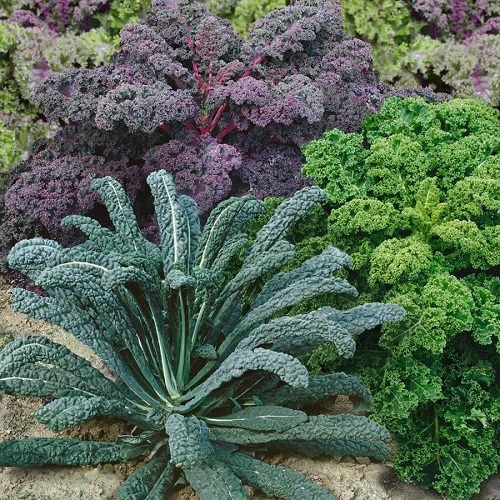
Botanical Name: Brassica oleracea var. sabellica
Kale stands out among edible shade plants for its robust texture and earthy taste, making it a nutritious addition to smoothies or a tasty sautéed side dish packed with vitamins and minerals.
Growing Tip: Boost kale growth by trimming lower leaves regularly, allowing the plant to focus energy on new, tender leaves.
4. Arugula (Rocket)
Botanical Name: Eruca sativa
Arugula adds a peppery, slightly nutty flavor to your dishes, lending a zesty twist to salads and sandwiches while delivering a dose of unique taste.
Growing Tip: To prolong arugula harvest, pick outer leaves first and maintain regular waterings for optimal growth.
Best Perennials for Shade That Bloom all Summer
5. Chard
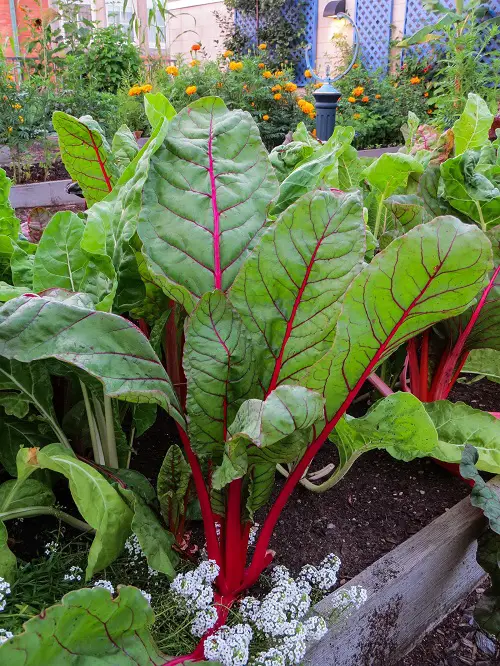
Botanical Name: Beta vulgaris
Characterized by colorful stems and mild, slightly earthy leaves, chard is a versatile choice among edible plants that grow in shade suitable for various cooking methods, from stir-frying to soups.
Growing Tip: Encourage chard growth by removing damaged leaves and fertilizing occasionally for hearty, colorful harvests.
6. Sorrel
Botanical Name: Rumex acetosa
Sorrel’s tangy, lemony taste brightens up your culinary creations, whether you’re using its leaves in salads, soups, or sauces for a refreshing kick.
Growing Tip: Foster sorrel growth by harvesting leaves regularly, promoting continuous growth and fresh, tangy flavors.
7. Mustard Greens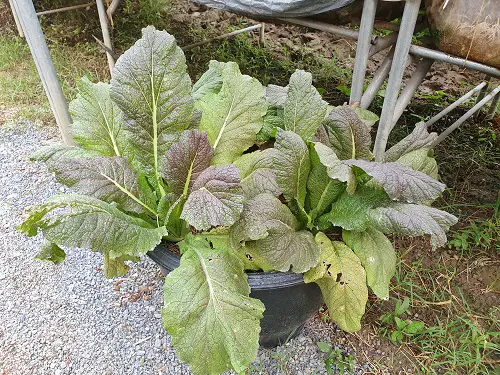
Botanical Name: Brassica juncea
Mustard greens introduce a peppery heat to your meals, whether sautéed, steamed, or eaten raw in salads, adding both flavor and nutritional value.
Growing Tip: Promote mustard greens’ spiciness by thinning crowded plants and ensuring they receive enough light.
8. Garlic 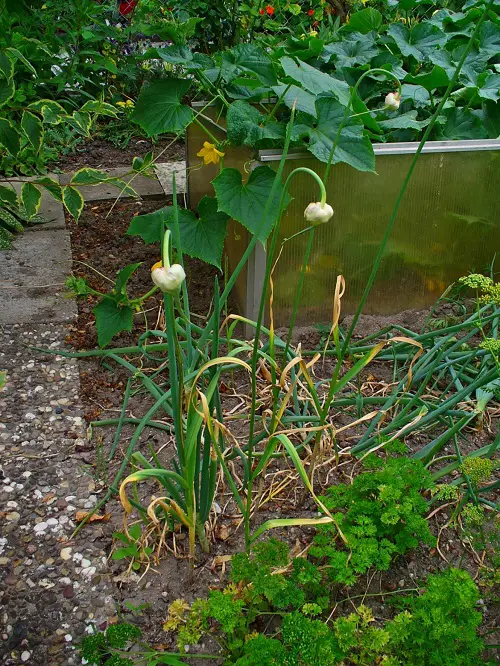
Botanical Name: Allium sativum
Another among the best edible plants that grow in shade, this pungent bulb enhances a wide range of dishes with its strong aroma and deep flavor, becoming a staple in many cuisines around the world.
Growing Tip: Nurture garlic growth by planting individual cloves in well-drained soil and avoiding excessive watering.
9. Wild Strawberries
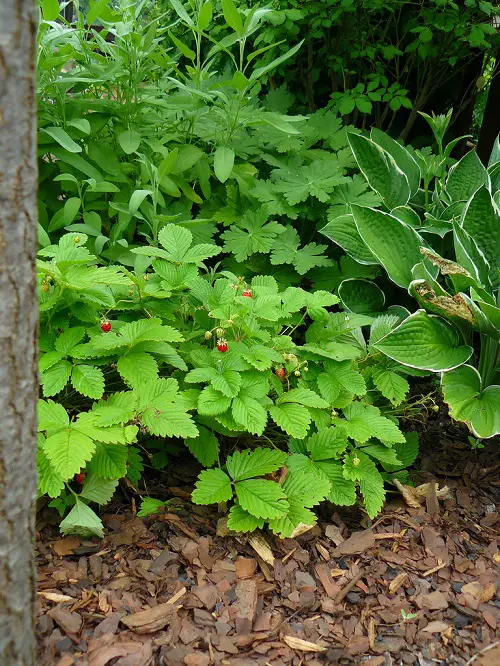 Botanical Name: Fragaria vesca
Botanical Name: Fragaria vesca
Delicate wild strawberries reward you with tiny, intensely sweet berries that are perfect for snacking or adding a burst of flavor to desserts.
Growing Tip: Ensure abundant wild strawberry growth by providing well-drained soil, and shade, and keeping them well-watered.
10. Watercress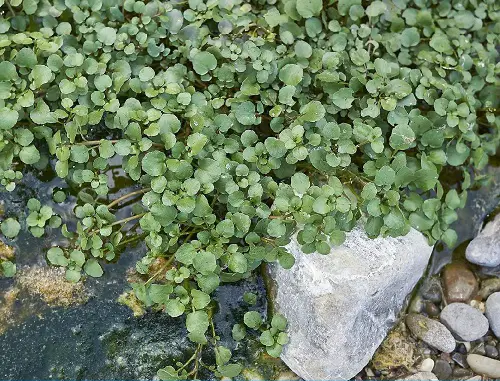
Botanical Name: Nasturtium officinale
Watercress boasts a distinct, peppery taste that adds a unique element to shade loving edible plants in your salads and sandwiches while providing a nutritious source of vitamins.
Growing Tip: Maintain watercress growth by planting it near a water source and harvesting leaves consistently for tender results.
11. Rhubarb 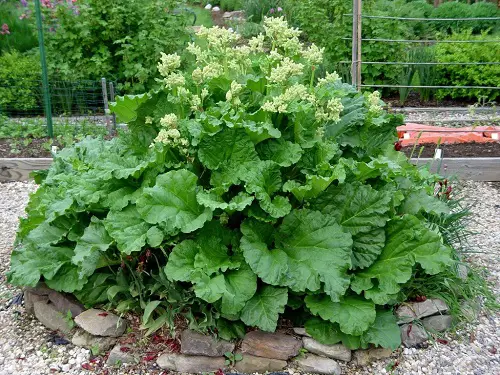
Botanical Name: Rheum rhabarbarum
Rhubarb’s tart stalks become the star of pies and jams, balancing sweetness with a tangy twist, offering a delightful contrast among edible plants that grow in the shade.
Growing Tip: Support rhubarb growth by avoiding overharvesting in the first year and applying compost to enrich the soil.
12. Salad Greens (Mesclun)
Here is another of the top choices on our list of edible garden plants that like shade! Mesclun mixes offer an array of tender, flavorful leaves in one package, creating diverse salads with varying textures and tastes.
Growing Tip: Promote continuous mesclun growth by harvesting outer leaves and sowing new seeds regularly.
13. Malabar Spinach
Botanical Name: Basella alba
Have no idea what vegetables grow in shade? We’ve got you covered! Go with Malabar Spinach. With its thick, succulent leaves, this vegetable thrives in warmer climates and offers a fresh take on leafy greens for stir-fries and salads.
Growing Tip: Encourage Malabar spinach with regular watering and provide a trellis for the vines to climb, and these full shade edible plants will flourish.
Growing Malabar Spinach in Pots and Benefits
14. Pak Choi
Botanical Name: Brassica rapa subsp. chinensis
Pak Choi’s crunchy stalks and tender leaves are a staple in Asian cuisine and edible plants that grow in shade, ideal for stir-fries, providing a crisp and nutritious addition to your dishes.
Growing Tip: Ensure strong pak choi growth by spacing plants adequately and providing consistent moisture, as these are edible plants that grow in partial shade.
15. Onion
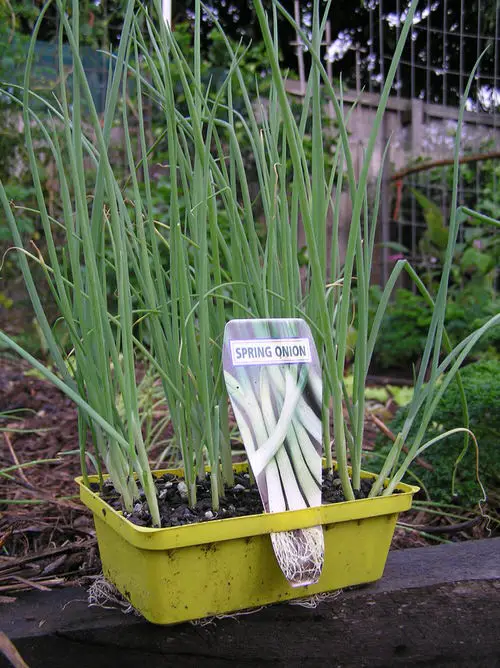
Botanical Name: Allium cepa
Another of the edible plants that like shade is Onions. Onions, with their savory and versatile flavor, form the base of countless dishes, whether raw in salads or cooked to add depth to soups and stews.
Growing Tip: Stimulate onion growth by planting in well-drained soil, providing light, and watering consistently during dry spells.
16. Beetroot 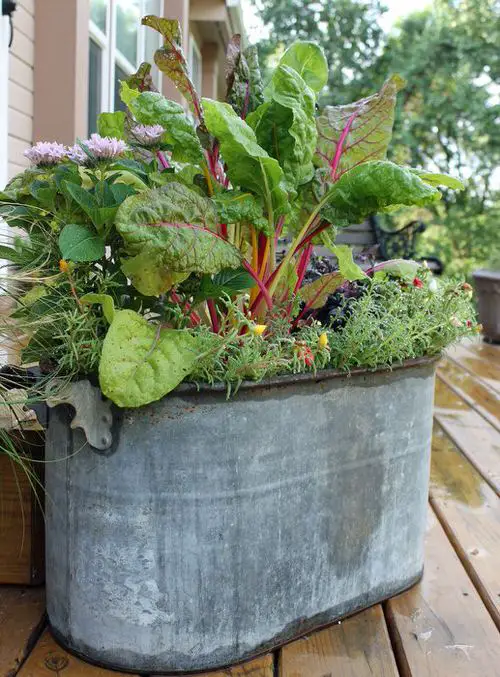
Botanical Name: Beta vulgaris subsp. vulgaris
Still looking for edible plants that grow well in shade? We’ve got you covered. Earthy and sweet beetroot, with its vibrant color, can be roasted, boiled, or grated into salads, offering a unique taste and visual appeal to your meals.
Growing Tip: Boost beetroot growth by thinning seedlings, keeping the soil moist, and harvesting when roots reach the desired size.
Herbs that Grow in Shade
17. Chives
Botanical Name: Allium schoenoprasum
Chives‘ mild onion taste elevates salads, soups, and spreads with their delicate green shoots, making them versatile and attractive edible plants that grow in full shade.
Growing Tip: Stimulate chive growth by planting in well-drained soil, ensuring regular water, and dividing clumps to encourage new shoots.
Growing Chives Indoors Year-Round
18. Dill 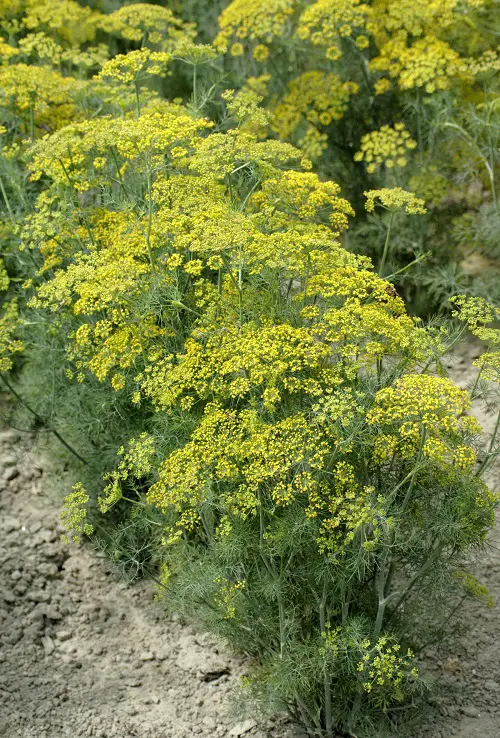
Botanical Name: Anethum graveolens
Dill, known for its feathery leaves and distinct flavor among edible shade plants, adds a fresh, herbal note to your dishes, making it a great choice for pickling, seasoning, and garnishing.
Growing Tip: Foster dill growth by planting in well-drained soil and providing support as it grows tall.
19. Ginger
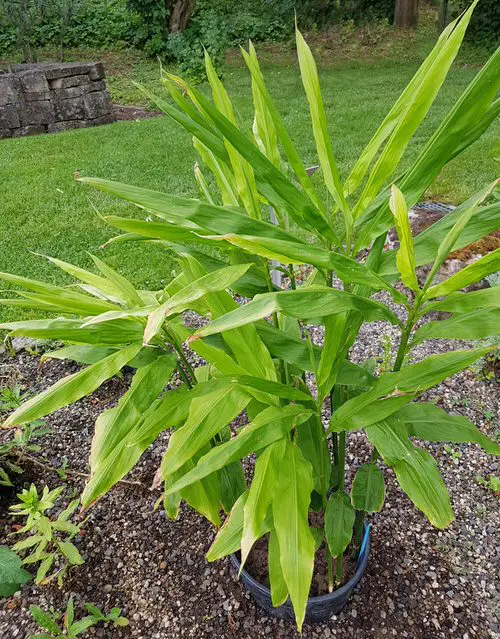
Botanical Name: Zingiber officinale
Ginger’s warm and spicy flavor brings depth to both savory and sweet dishes, making it a versatile ingredient in various cuisines and beverages.
Growing Tip: Cultivate ginger by planting rhizomes in warm soil, providing indirect sunlight or shade, and maintaining consistent moisture.
20. Cuckoo Flower
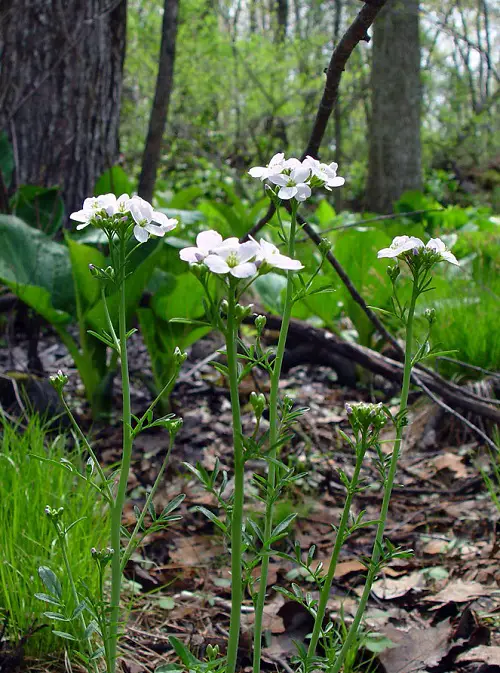
Botanical Name: Cardamine pratensis
Cuckoo Flower, also called Lady’s Smock, presents delicate purple or pink blooms that grace wetlands and gardens, contributing to a charming spring landscape. These edible plants that grow in shade are popular in spring salads.
Growing Tip: Promote cuckoo flower growth by planting in moist soil and providing partial shade for delicate and colorful blooms.
21. Tarragon
Botanical Name: Artemisia dracunculus
Still looking for the best edible plants for shade? Tarragon’s subtle anise-like flavor lends a hint of licorice to your culinary creations, making it a sought-after herb for adding depth to sauces, dressings, and more.
Growing Tip: Encourage tarragon growth by planting in well-draining soil, allowing room for expansion, and trimming flowers to focus on leaves.
22. Celery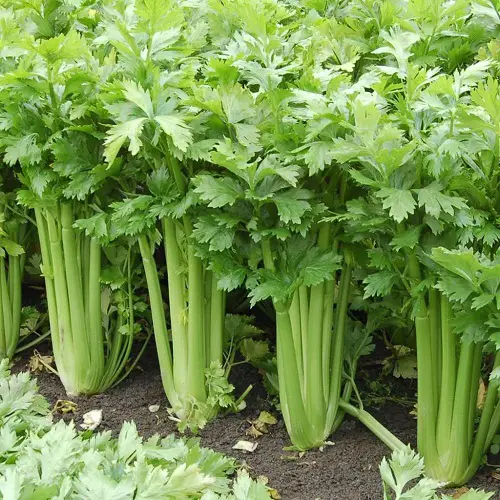
Botanical Name: Apium graveolens
Celery, with its crisp stalks and mild taste, offers a refreshing crunch in salads, soups, and snacks, while also being a low-calorie, hydrating option. These are one of the top choices among plants that grow in shade edible.
Growing Tip: Support celery growth by providing rich soil, consistent moisture, and blanching stalks for tender, less bitter results.
Growing Celery in Containers | Pot Grown Celery
23. Fenugreek
Botanical Name: Trigonella foenum-graecum
Fenugreek seeds and leaves introduce a slightly nutty taste to dishes and are often used in curries, spice blends, and herbal remedies as edible shade plants, making them one of the best edible plants that grow in shade.
Growing Tip: Cultivate fenugreek growth by sowing seeds in well-draining soil and providing indirect sun for aromatic leaves.
24. Mint 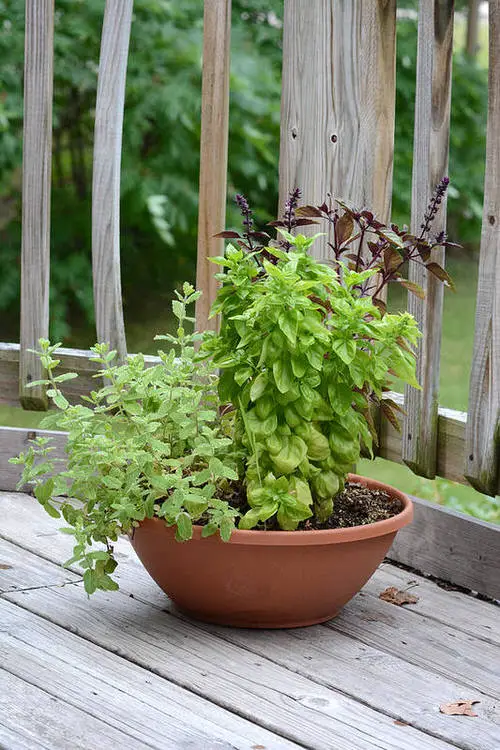
Botanical Name: Mentha
Looking for edible plants that grow in full shade? Mint’s cool and invigorating flavor makes it a versatile herb for both culinary and beverage applications, from teas to cocktails and savory dishes.
Growing Tip: Promote mint growth by planting in a container to contain its spread, providing ample water, and pinching back to encourage bushiness.
25. Cilantro 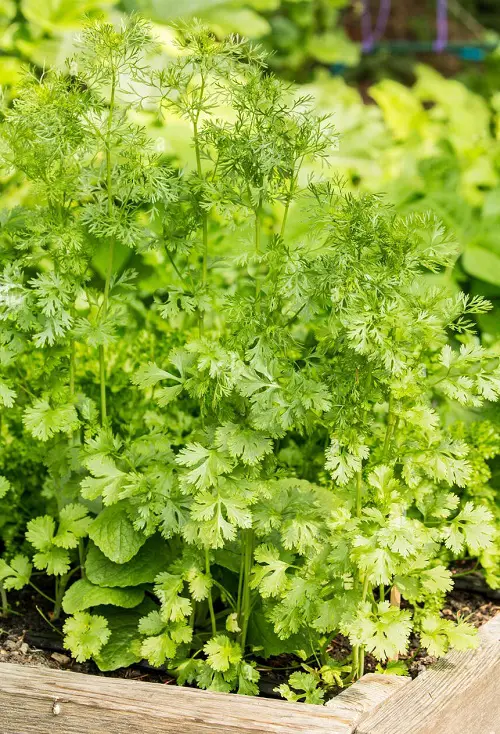
Botanical Name: Coriandrum sativum
Cilantro’s vibrant leaves bring a citrusy, fresh taste to your meals, often found in salsas, curries, and various cuisines around the world.
Growing Tip: Foster cilantro growth by planting in cool weather, harvesting leaves frequently, and allowing some plants to bolt for coriander seeds.
26. Parsley
Botanical Name: Petroselinum crispum
Parsley’s mild and slightly peppery flavor enhances dishes as both a garnish and ingredient, adding color and a touch of herbaceousness to the list of edible plants that grow in shade.
Growing Tip: Encourage parsley growth by planting in rich soil, keeping it well-watered, and harvesting outer leaves to promote new growth.
Cilantro vs. Parsley | Difference Between Parsley and Cilantro


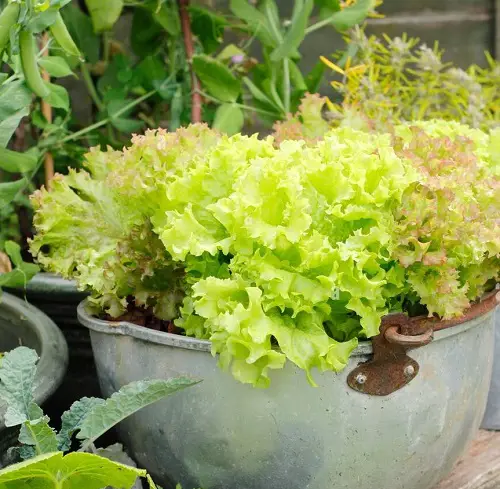

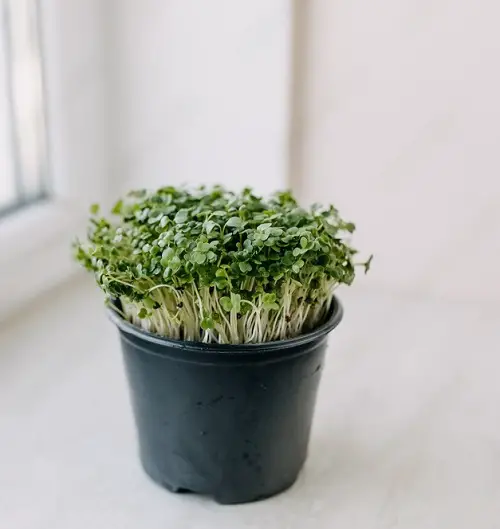
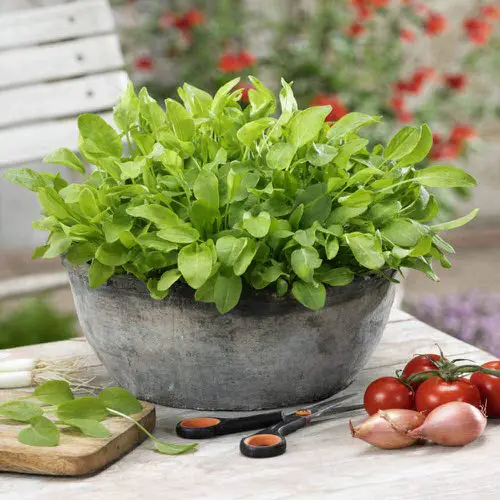

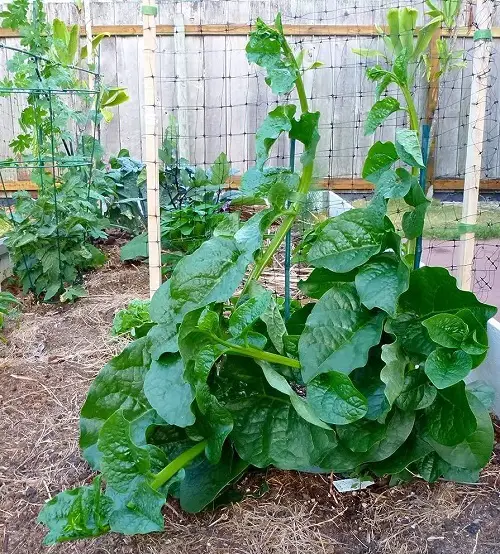
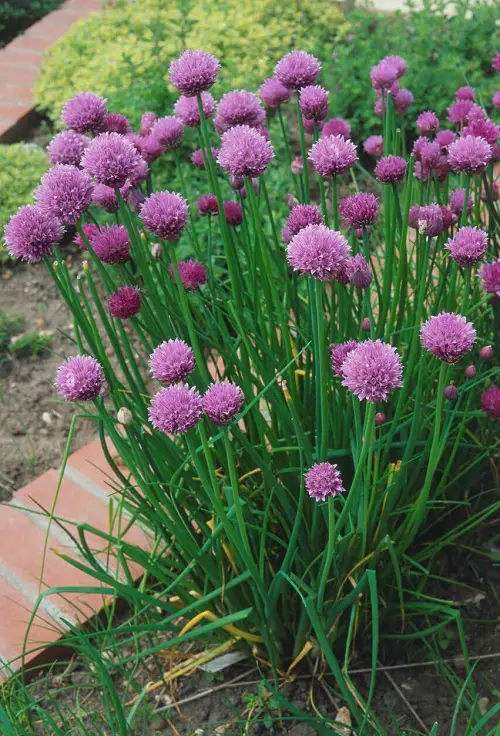
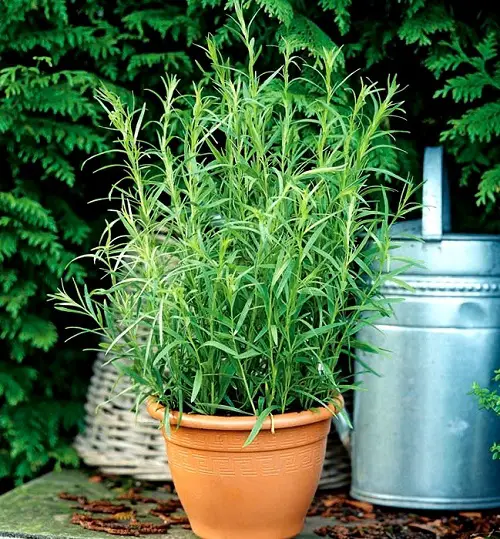
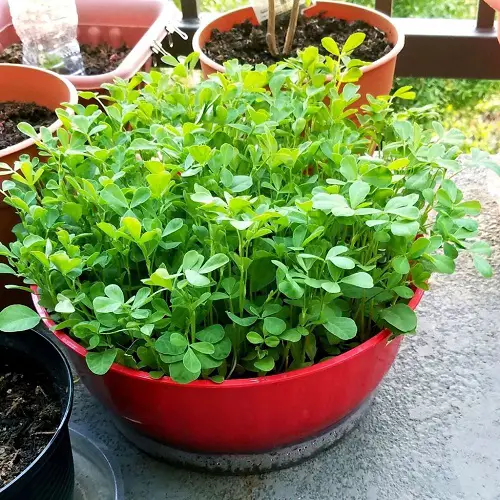
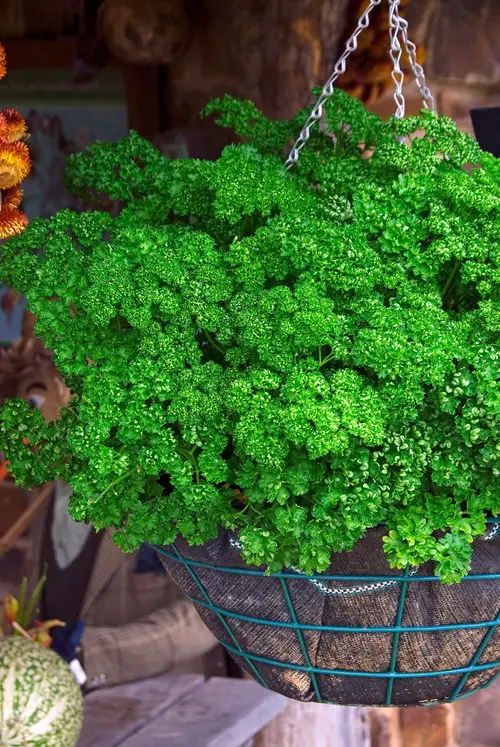

THank you for the useful post. I was wondering what to grow here in my garden because there is a large shady part in it.
Can I grow weed in the shade, dude?
https://www.youtube.com/watch?v=e-Pm4ENg4v0 ( my video on outdoor plants and life )
I know that in the wild – leeks ( onions ) and black raspberries are prolific.
Would Onions and berries grow in a home garden well in the shade?
I have tried onions, but we only get greens, no bulbs.
No, you can’t grow weed. Weed loves direct sun — the more the merrier.
Overall growing edible plants in the shade will require more patience as growth rates will be slower and will often result in smaller plants. This can be a great thing though for plants that you don t use very often or in small amounts. Less waste and they will also require a lot less water.
Corn in shade? That is not what the article on corn says. May be needs a correction?